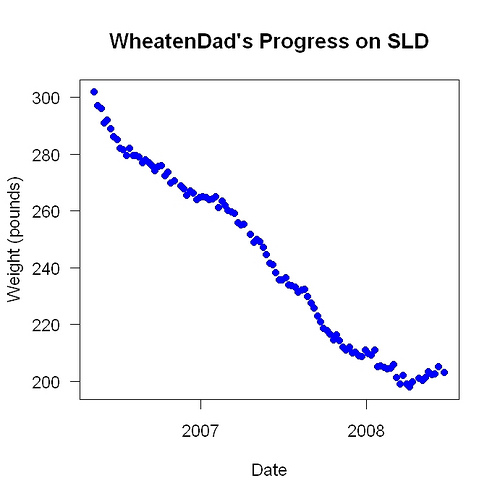I put cocoa powder in my black tea. I like the complexity it adds and believe it’s good for you. More evidence of its health benefits has just been published:
Design: Randomized, placebo-controlled, single-blind crossover trial of 45 healthy adults [mean age: 53 y; mean body mass index (in kg/m2): 30]. In phase 1, subjects were randomly assigned to consume a solid dark chocolate bar (containing 22 g cocoa powder) or a cocoa-free placebo bar (containing 0 g cocoa powder). In phase 2, subjects were randomly assigned to consume sugar-free cocoa (containing 22 g cocoa powder), sugared cocoa (containing 22 g cocoa powder), or a placebo (containing 0 g cocoa powder).
Results: Solid dark chocolate and liquid cocoa ingestion improved endothelial function (measured as flow-mediated dilatation) compared with placebo (dark chocolate: 4.3 ± 3.4% compared with —1.8 ± 3.3%; p < 0.001; sugar-free and sugared cocoa: 5.7 ± 2.6% and 2.0 ± 1.8% compared with —1.5 ± 2.8%; p < 0.001). Blood pressure decreased after the ingestion of dark chocolate and sugar-free cocoa compared with placebo (dark chocolate: systolic, —3.2 ± 5.8 mm Hg compared with 2.7 ± 6.6 mm Hg; p < 0.001; and diastolic, —1.4 ± 3.9 mm Hg compared with 2.7 ± 6.4 mm Hg; p = 0.01; sugar-free cocoa: systolic, —2.1 ± 7.0 mm Hg compared with 3.2 ± 5.6 mm Hg; p < 0.001; and diastolic: —1.2 ± 8.7 mm Hg compared with 2.8 ± 5.6 mm Hg; p = 0.014). Endothelial function improved significantly more with sugar-free than with regular cocoa (5.7 ± 2.6% compared with 2.0 ± 1.8%; p < 0.001).
Conclusions: The acute ingestion of both solid dark chocolate and liquid cocoa improved endothelial function and lowered blood pressure in overweight adults.
22 g cocoa powder = 2.5 tablespoons. If you live near Berkeley, you might want to attend the Charles Chocolates annual open house, which is this Saturday (July 12) at 2 pm. They are located in Emeryville at 6259 Hollis.
